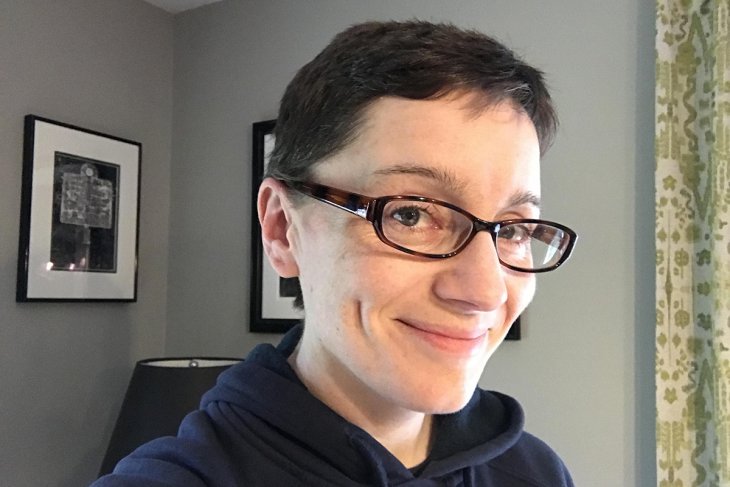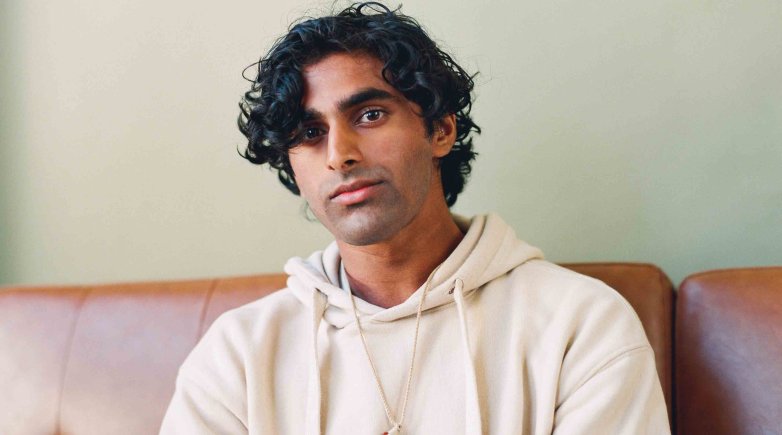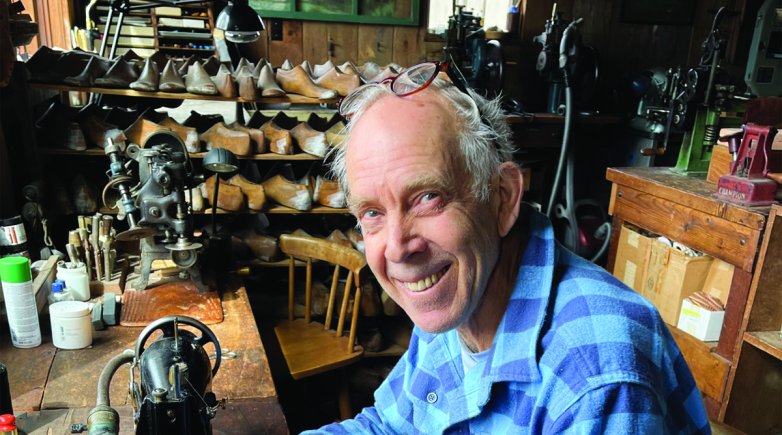Sarah Fahey Courchesne

"The fate of the body fascinated. I grew up to be a bone collector, a dissector."
Amid the relic bones
Last week, I brought a group of my community college students out to Shoals Marine Lab on Appledore Island in Maine. Most have never been anyplace like this. They don’t have the right shoes for the job. The days are long, and we lug heavy traps and gear buckets out onto the exposed, east-facing rocks.
We wait for wary birds and recite memorized poems to each other. I know “The Owl and the Pussycat” and Seamus Heaney’s “St. Kevin and the Blackbird.” My students get quiet, watching the ocean rush into a slot in the cliff. They feel sorry every time we flush an eider from her nest.
We study the breeding ecology of gulls, something we can only do during the short weeks when they are incubating and raising chicks, and some disturbance is inevitable. We banded an adult gull on our first day of work, and it did not return to its nest right away. A neighbor gull came and ate the eggs.
I overheard one of my students, Sury, talking to another scientist about the fate of that nest. “Oh, the parents will probably lay a second clutch of eggs, and those babies will have a chance,” the scientist told her. “But not these ones,” Sury said, eyes on the kicked up ground and shell fragments.
In the lab’s dining hall, there is the skeleton of a Minke whale suspended from the rafters. In the mornings, before the throngs arrive for breakfast, I sit beneath it and look through its rib cage to the cross-shaped sternum. In the quiet and dust-moted space, I am transported to the Catholic church of my childhood. I went to Mass every week until I went to Exeter. I was an altar server, offering the priest water to wash his hands, tending the candles. God had a human form, looming over us in the crucified Christ angled over the altar. Catholicism is corporeal, a forensic religion. The ladder rung ribs jutting through the skin, blood at the wrist and ankle, a slice in the chest letting a trickle of fluid escape the pericardial sac. We learned from a nun which bones in the arm were strong enough to support the weight of a man, and so where the nails would have been placed. I was transfixed. The resurrection and the life were sidelights to me. The fate of the body fascinated. I grew up to be a bone collector, a dissector.
The Minke whale was not an individual known to science. There is a laminated sheet on the wall explaining how it washed up dead, the processing of its bones, how they were trucked to a farm, buried, dug up and cleaned. We know vastly more about this animal’s body dead than we knew about it living, before it was suspended high in this foreign element. It may never have been seen by human eyes at all.
Under its raftered ribs, one of my students looks out the window and spots a bird banded with code U05. “That’s Sebastian,” she says. “We shared a moment together. He wanted my lunch.” I can’t stop them from giving the birds names.
Every year, it’s the same thing. Assemble a team of new students, travel to the island, catch birds. Thousands of them over the years. Reteach the trapping, reanswer the questions. In the afternoons, the long hours get threadbare under the weight of the monotonous work and are restitched by my students’ jokes, and yelps of fear, and grinning pride, releasing a bird with their own hands.
The gulls sit stoic in all weather on their nests on the ground. As with many other wild things, most of their young will not survive the year. They incubate their eggs in a boneyard of last year’s dead.
The students and I circle the island, and the line from Heaney comes looping back, “To labor and not to seek reward.” Grime builds up on our skin until we can scrape it off in curls with a fingernail. There is feces in my ear.
Walking single file, trailing the group with a rebar trap digging into my shoulder, my cadence is a zen chant, “chop wood, carry water,” and I think I glimpse enlightenment, but it was only out of the corner of my eye, and maybe it was just a bird.
Editor's note: This profile first appeared in the summer 2017 issue of The Exeter Bulletin.



